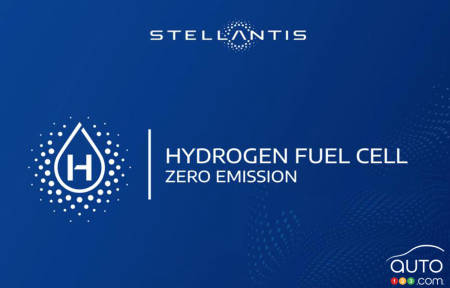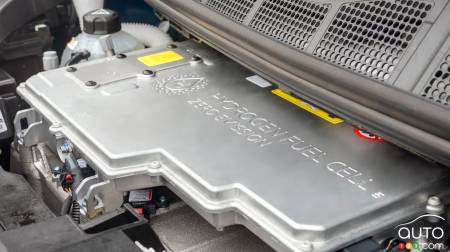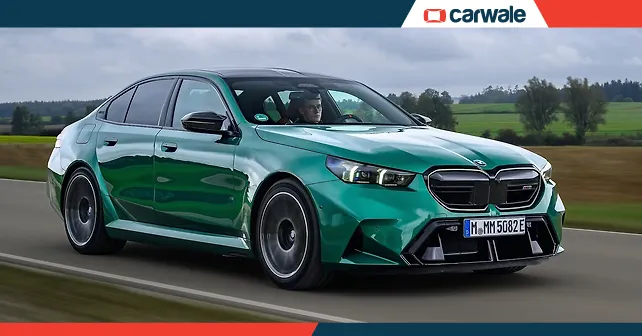
Auto giant Stellantis has announced it is ending its hydrogen fuel cell technology development program.
The debate within the industry over whether hydrogen has a future as a fuel source has lasted at least 15 years. Some manufacturers still believe in it, others never got on board. And still others, like Stellantis, worked on developing the technology but are putting on the brakes.
The company said that it made the decision to pull out because of the “limited availability of hydrogen refueling infrastructure, high capital requirements, and the need for stronger consumer purchasing incentives.”
Stellantis doesn’t foresee hydrogen-powered light commercial vehicles being adopted before the end of the decade. Given that, the company “will no longer launch its new range of hydrogen-powered Pro One vehicles this year.”

| Photo: Stellantis
This move comes after the Renault Group decided in February to end its Hyvia hydrogen partnership with the American firm Plug Power.
For its part, Hype, the world’s largest hydrogen taxi operator, announced in June that it would switch to conventional electric vehicles. Hype has been operating Toyota Mirai taxis, primarily in Paris, with the goal of having 1,000 fuel cell vehicles in service.
Stellantis had planned to begin production of mid-size hydrogen vans this summer in Hordain, France; production of full-size hydrogen vans was set to start in Gliwice, Poland.
That’s all off the table. Said Jean-Philippe Imparato, the head of Stellantis Europe, “The hydrogen market remains a niche segment, with no prospects of mid-term economic sustainability.”

| Photo: Stellantis
The company stresses that the decision will not impact personnel at Stellantis production sites. Research and development activities related to hydrogen technology will be reoriented towards other projects.
No one can be surprised at Stellantis’ pullback, given the very uncertain future of large-scale hydrogen use. Consider as well Stellantis’ push to improve sales and financial results in Europe and the U.S.








